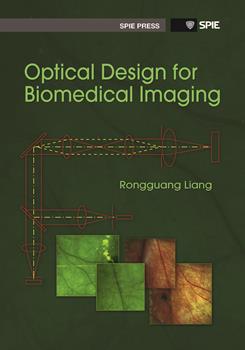|
Endoscopes are used to observe otherwise inaccessible areas within the human body either noninvasively or minimally invasively. Endoscopes have unparalleled ability to visualize lesions within internal organs with high resolution through natural body orifices, such as the mouth, nose, anus, and urethra. With high-resolution endoscopes, harvesting biopsy samples for later laboratory analysis may not be necessary. The history and basic optics of endoscopes will be discussed in Secs. 8.1 and 8.2. Sections 8.3, 8.4, and 8.5 will discuss the optics and optical design of relay lenses, objective lenses, and illumination systems. Section 8.6 will focus on the imaging and illumination systems of wireless endoscopes. 8.1 Introduction The earliest endoscope-using lens was called the cystoscope. It was invented by Maximilian Nitze in 1877 and was used to examine the interior of the urinary bladder through the urethra. In 1932, G. Wolf introduced the first semiflexible gastroscope, and in 1956, Basil Hirschowitz performed the first image transmission with fiber bundles. In 1959, Harold H. Hopkins invented rod lenses for image transmission, and in 1963, Karl Storz combined rod lenses for image transmission with fiber bundles for illumination. A video endoscope with a camera on the eyepiece was first introduced in 1987, and a video endoscope with a camera at the distal end of the endoscope was demonstrated in 1992. In the late 1990s, with the advances in light sources, sensors, and electronics, a wireless endoscope was invented for small-bowel imaging. Traditional endoscopes comprise an airtight and waterproof elongated tube having a distal end with an objective lens for imaging and a proximal end with an eyepiece for viewing. The elongated tube includes a relay lens system, or a fiber bundle, to transmit the image formed by the objective lens to the proximal end of the tube. The function of the eyepiece is to magnify the image at the proximal end for the observer. Endoscopes used in clinical applications further consist of a work channel and an irrigation channel. |
|
|


